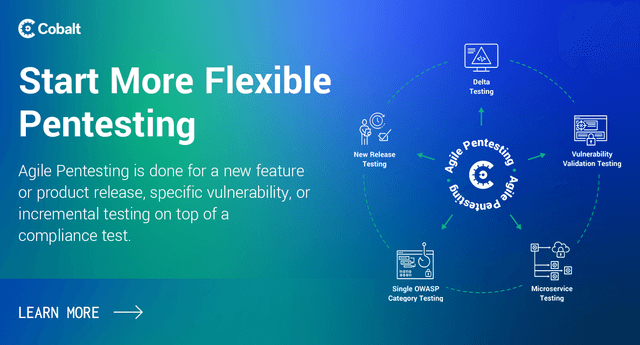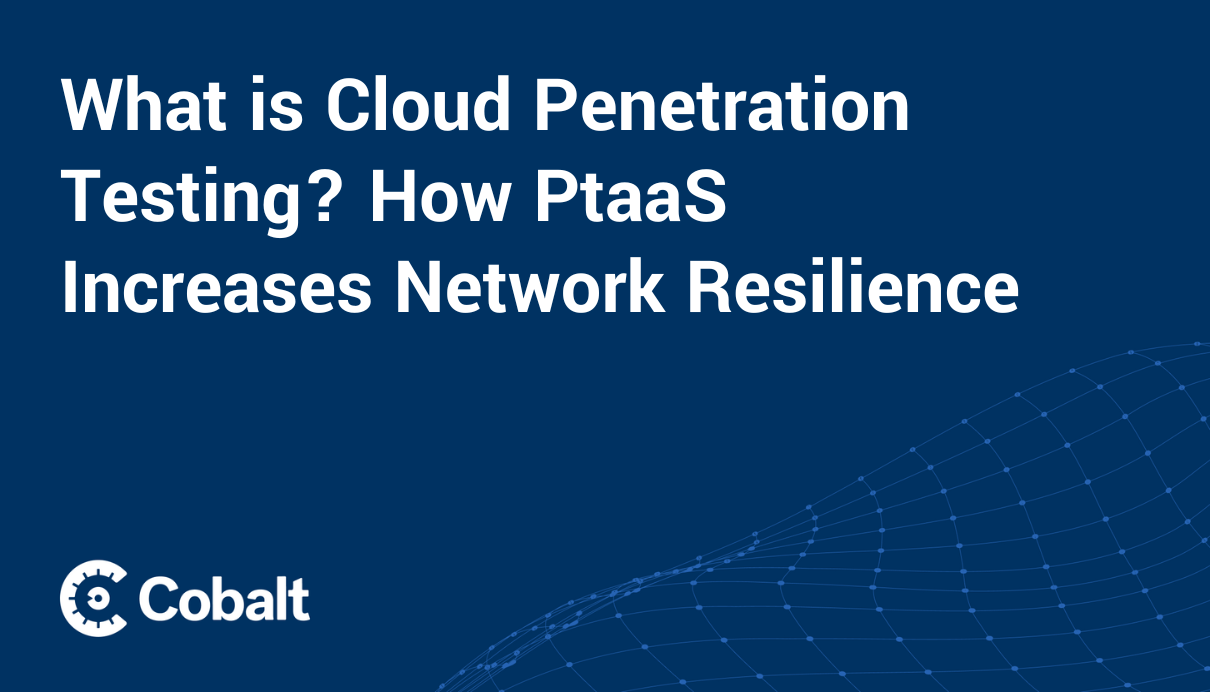Microservices architecture has grown in popularity over the last few years. More than 50% of organizations prefer microservices over traditional service-oriented architecture (SOA). They choose microservices because of their scalability, reliability, and faster time to market.
But, microservices also have weaknesses that hackers can exploit.
Unlike traditional architecture, microservices consist of a distributed network of many smaller components. This means traditional testing methods will not work. You need a comprehensive security testing protocol designed for a distributed network.
In this article, we will define what microservices are and why they need a different testing approach. We will also talk about the top 10 challenges with microservice testing.
Key Takeaways
- Microservices architecture is popular due to scalability, reliability, and faster time to market.
- Microservices require a different testing approach than traditional architecture.
- Top 10 challenges in microservice testing: implementing DevOps, securing communications, authenticating and authorizing users, securing containers, using a polyglot architecture, maintaining logs, sharing databases, testing individual microservices, time-consuming testing, and a larger attack surface.
- Solutions include integrating security testing in DevOps, using a service mesh for communication security, centralized authentication and authorization systems, securing containers with tools like Kubernetes, addressing language-specific security concerns, implementing centralized logging formats, decoupling databases, using mock services for streamlined testing, automating testing processes, and conducting penetration testing.
- Effective microservice testing is crucial for a distributed network's health and requires a different approach without compromising quality and deployment time.
What Is a Microservice?
Microservices is an architectural style that uses smaller, loosely-coupled components or (micro)services. Each component performs a specific task and works independently. This makes updating, scaling, and deploying each service easier and faster.
Also, microservices provide more flexibility when choosing the right external service or software. communicate with each other using lightweight application programming interfaces (APIs).
Importance of Microservice Architecture Testing
What makes microservices easy to use is also what makes testing difficult. Its distributed nature introduces more points of failure compared to a traditional monolith. So, traditional testing methods will not work here. You need a broader testing approach that addresses the challenges of a microservices architecture.
Challenges to Securing Your Microservice Architecture
Microservice architecture's structural style presents many new challenges. Without addressing them, you can't ensure application quality, efficiency, or time to market.
1. Implementing DevOps
Today, development and DevOps teams work independently to bring products to market faster. But organizations usually overlook security testing in their quest for speed. Almost 85% of organizations struggle to implement DevOps because of this.
DevOps teams can secure applications by including testing in their delivery pipeline. They can catch bugs early by testing the source code and CI/CD pipeline. This way, they can catch bugs early before they impact the end user's experience
2. Securing Communications
Microservices using different programming languages can work together seamlessly using APIs. But, you need to update the API gateway every time you add or remove a service. It also presents hackers with many points of attack. This can leave the entire network vulnerable.
Using a service mesh is a great way to secure communication between services. It automatically encrypts network traffic, while updating network and security policies periodically. It also simplifies authenticating and authorizing users. Which brings us to the next challenge.
3. Authenticating and Authorizing Users
Microservices architecture usually has hundreds (if not thousands) of services working together. This means authenticating and authorizing hundreds of service requests and messages between services. Also, you have to update each separately when introducing new security policies.
You can simplify this process using a centralized authentication and authorization system. You can use identity and access management (IAM) systems, like Security Assertion Markup Language (SAML) or Web Services Federation (WS-Fed). Multi-factor authentication (MFA) is also a great option if you want something traditional yet reliable.
4. Securing Containers
Microservices use containers since it makes building and deploying applications easier and faster. Containers are created using images, static files with executable code. Any failure can compromise the security of all other containers in the network.
You can use many strategies to secure your containers. You can limit the container access to only essential resources. You can make containers more secure by not storing valuable information in them. But, the most effective strategy is implementing a container orchestration tool like Kubernetes.
Kubernetes automates container security protocols while speeding up deployment. This secures both your application pipeline and workloads while improving efficiency.
5. Using a Polyglot Architecture
Developers usually choose the services that best suit their needs. This means different services may use different programming languages. Deployment is not an issue because APIs allow multi-language microservices to communicate. But, you need security experts well-versed in that language to secure the service.
Development teams can solve this by taking a shift-left approach. In this approach, security professionals address security concerns as they arise during development. You can reduce bugs entering production by catching them early on. Another strategy is educating DevSecOps to promote security skills and awareness within teams.
6. Maintaining Logs
Different programming languages use different logging methods. Development teams need to rely on different troubleshooting methods for each language. This makes identifying and resolving issues difficult and time-consuming.
You can simplify troubleshooting by implementing a centralized logging format across all microservices. Also, development teams can assign each service a unique correlation ID. Development teams can identify which service is facing an issue by looking at the ID. These simple strategies speed up troubleshooting and resolving issues.
7. Sharing Databases
Microservices are loosely-coupled systems. Any changes in one service don't affect the other services connected to it. But shared databases don't follow this principle because of their monolithic style. If one service fails, other connected services (if not all) may fail as well.
You can avoid this failure by using decoupled databases instead of shared databases. With this structure, each microservice will be assigned its own database. The rest of the network will remain unaffected if any one service fails. It also makes scaling your distributed system much easier.
8. Testing Individual Microservices
Testing all your microservices before deployment is very important. But this is time-consuming and complicated. You can choose to test only the updated or new service. But then you won't be able to check if the new or updated microservices integrate with the other services.
You can streamline your testing process by creating mock services. Mock services imitate the behavior of the actual services. They provide a predictable environment where you can test microservices. Using mock services speeds up both testing and deployment. It is also more cost-effective.
9. Testing Is Time-Consuming
In-depth testing of individual microservices takes time. But you can’t skip it since it helps ensure internal dependencies are working properly.
You can reduce your testing time by automating testing. This is a great solution if you frequently update or deliver new services. Automation also lets you perform complex testing accurately every time. It improves the scope of testing capabilities by simulating various scenarios. It's a great way to improve operational efficiency, accuracy, and assess the application’s capability.
10. Presents a Bigger, More Complex Attack Surface
External threats have a larger area to attack because of the number of microservices. Every entry point, access request, and API needs to be assessed for any security threat. But testing each possible attack point for vulnerabilities is a time-consuming process.
Instead, you can opt for penetration testing or pentesting. Pentesting is a method of assessing and analyzing security threats by simulating attacks on an application or network. The results of a pentest can identify weaknesses in your services and network. You can secure your microservice architecture by plugging these weaknesses.
Testing microservices is vital for the health of a distributed network. But you can’t use traditional testing methods. You need a different approach that covers hundreds of services and their dependencies. You need to do all of this without impacting quality and deployment time.
Conclusion
Cobalt’s Pentest as a-Service (PtaaS) offers a platform to connect your development team with experienced pentesters. Development teams can start receiving insights on how to improve their application security within a few days. Unlike traditional pentesting, which takes weeks to do the same.
Schedule a demo to understand why over 1,000 customers trust Cobalt to run faster, more reliable pentests that integrate seamlessly into modern development cycles with our Agile Pentests.
FAQ
Why is microservice security important?
Overall, microservice security is important to safeguard sensitive data, protect against external threats, ensure system resilience, comply with regulations, and maintain customer trust. It is an important aspect to building and operating a secure and reliable microservices architecture.
Are microservices more secure?
Microservices architecture itself does not inherently guarantee enhanced security compared to other architectural styles. The level of security in a microservices-based system depends on how well security measures are implemented and maintained.
While microservices offer some security benefits, such as the ability to isolate components and limit the impact of failures, they also introduce new challenges and potential vulnerabilities. These new challenges include increased complexity or an increased attack surface.
Why are common challenges to using a microservice architecture?
Common challenges to using a microservices architecture include managing the complexity of inter-service communication, ensuring data consistency and integrity across distributed services, dealing with increased operational overhead due to managing multiple services, and implementing effective monitoring and troubleshooting mechanisms.










